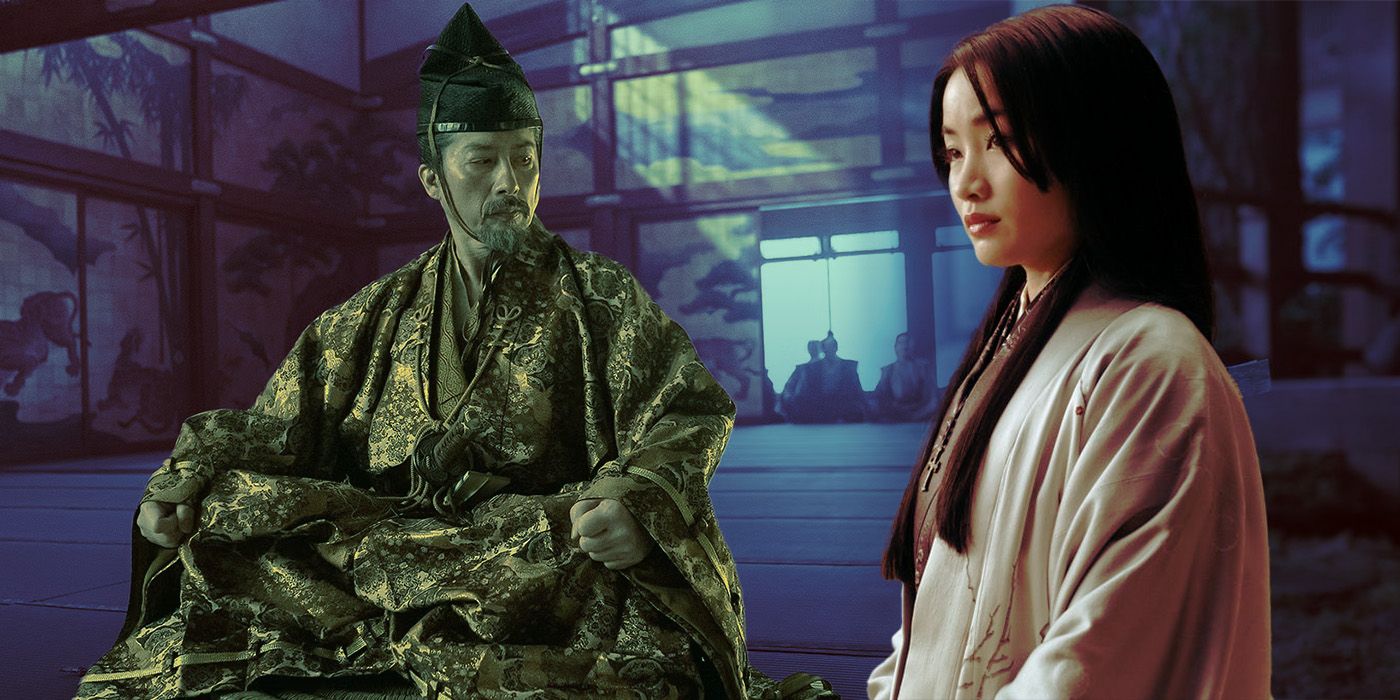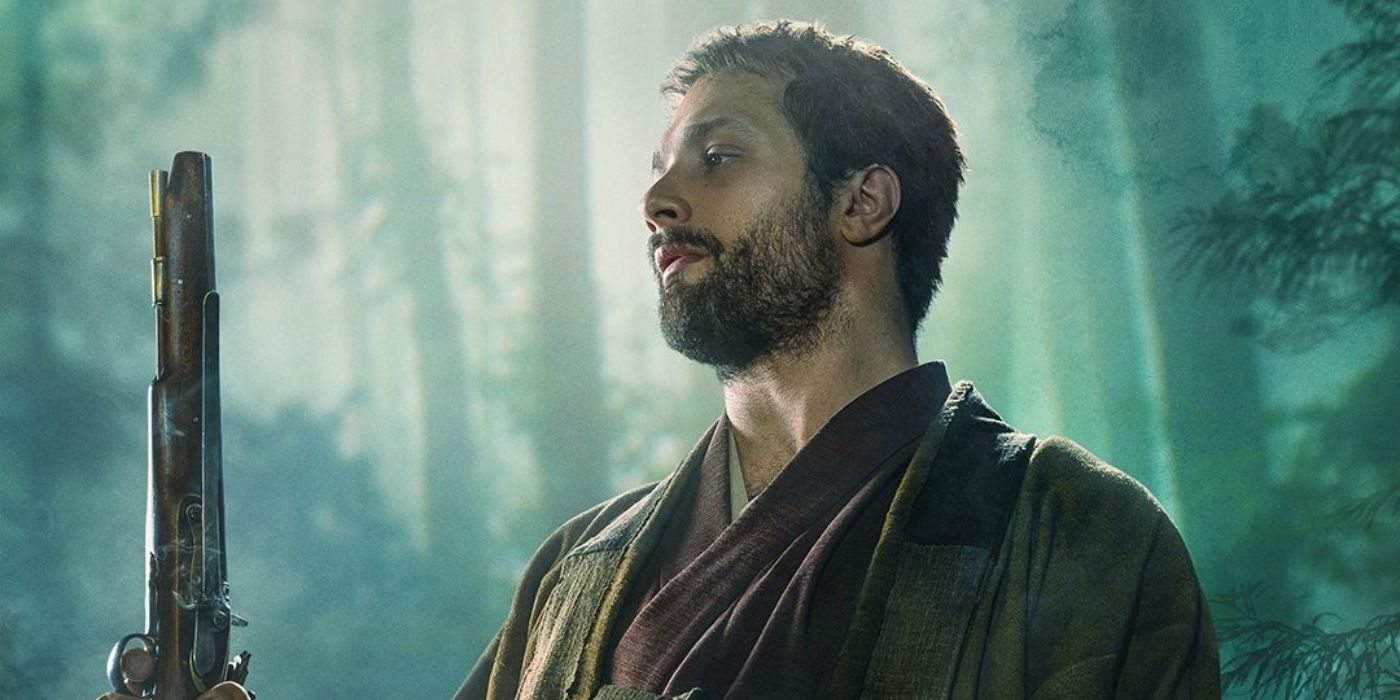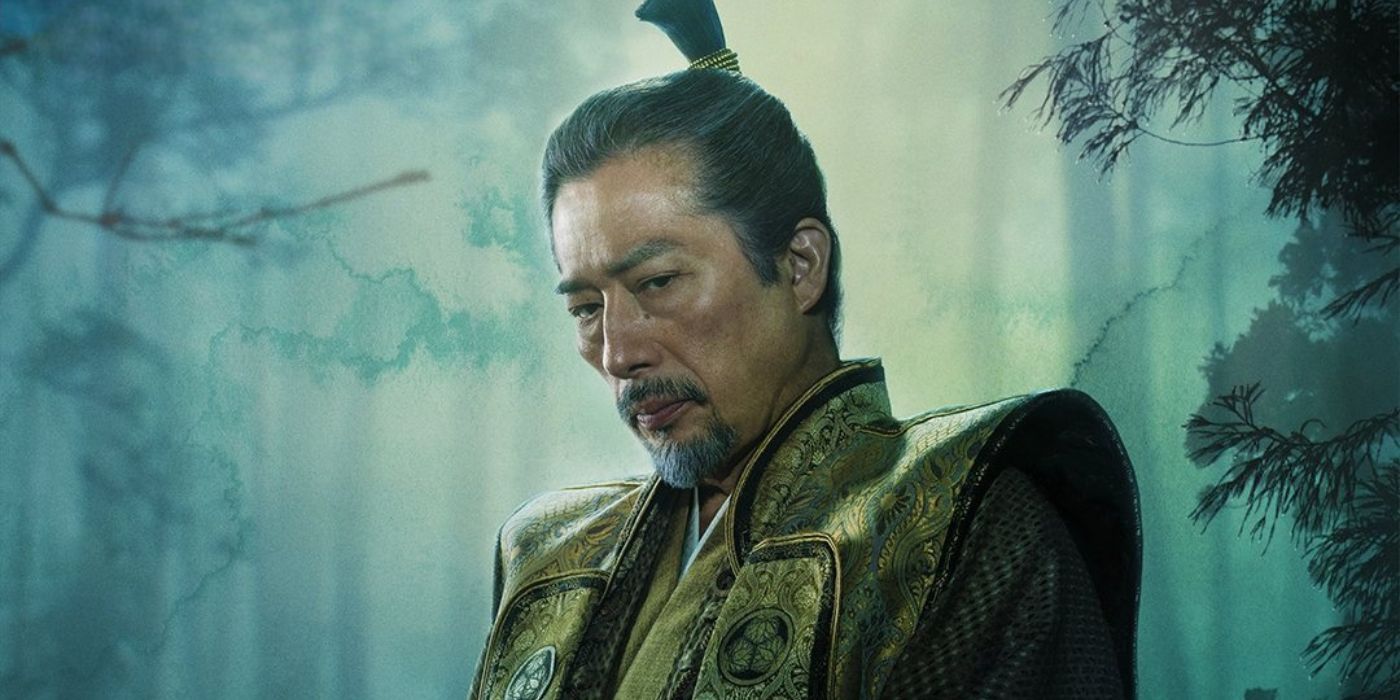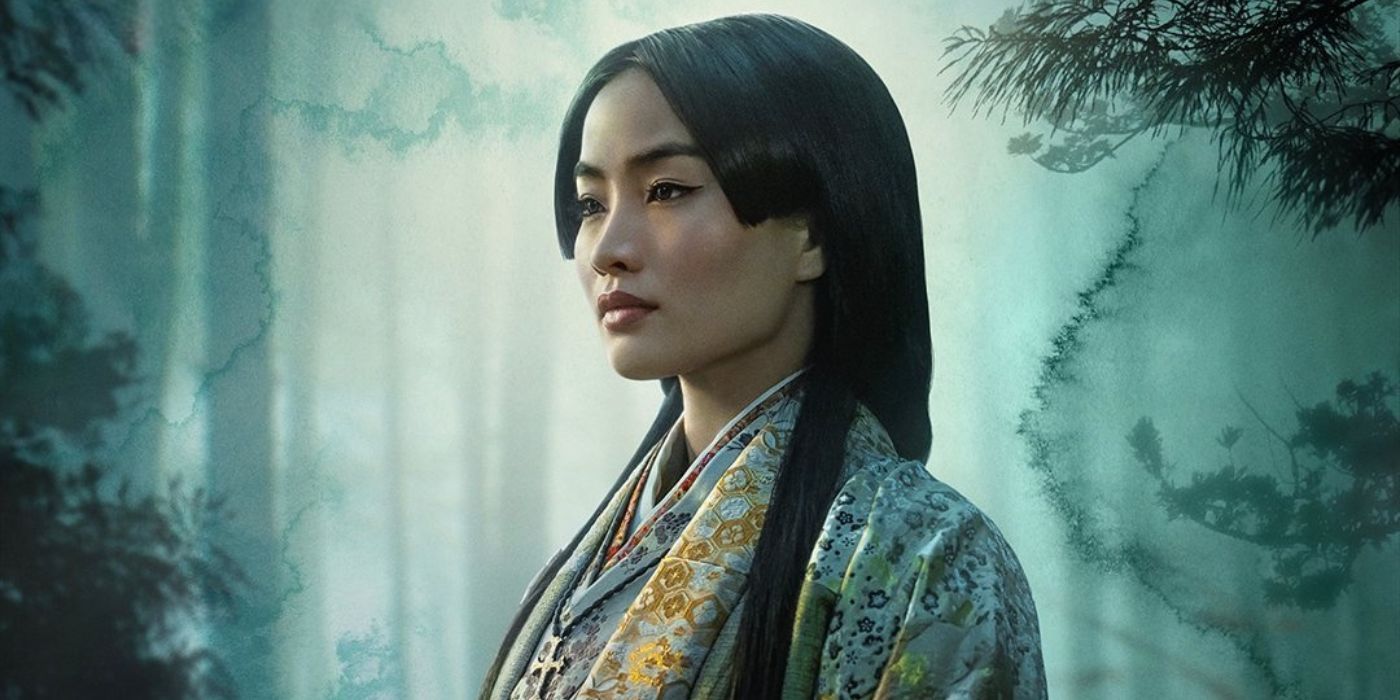Shogun is a brilliant adaptation of James Clavell’s epic novel, but it had to make one big sacrifice to bring the story to TV.

- FX’s Shogun is a major hit with historical accuracies and near-perfect ratings, but had to switch from multiple languages to English for accessibility.
- The show explores complex cultural and linguistic barriers between English and Japanese characters, emphasizing the importance of language in the story.
- While the adaptation omitted authentic languages like Portuguese and Latin, using English instead made the series more accessible and authentic for viewers.
Showrunners Justin Marks and Rachel Kondo went to extensive effort to keep the show as accurate as possible. Every Japanese character speaks a historically accurate version of their native language, and the show doesn’t shy away from some of the novel’s darkest scenes. However, there was one massive change the series had to make in order to bring its sweeping story to life.
FX’s Shogun Had to Change the Main Language Used in the Book
FX’s Shogun is just as much about the intricacies of translation and languages as it is about politics and war. The cultural disparities between the English sailor, John Blackthorne (Cosmo Jarvis), and the Japanese lord, Toranaga (Hiroyuki Sanada), is at the very core of the show’s premise. Blackthorne’s position as a Protestant Englishman could help Lord Toranaga break the hold the Catholic lords have over the country. As a result, Blackthorne’s need to learn Japanese becomes an essential plot point.
However, FX’s Shogun had to sacrifice another language which makes up the majority of the book’s dialogue when bringing the novel to life. Japan during the 1600s was filled with Portuguese Catholics who held a monopoly over trade between Japan and China. As a result, these Catholics were allowed to settle in otherwise isolationist Japan. Over this period, many Japanese citizens converted to Catholicism. They were then taught Portuguese, so they could read the Bible and communicate effectively with the priests. Portuguese then quickly became the second language of Japan.
However, when Blackthorne shipwrecks off the coast of Izu, he communicates with the Portuguese priests in English. This was a commercial decision that Kondo and Marks were forced to make. A truly authentic version of Shogun would contain around five lines of dialogue in English — all of which would be Blackthorne swearing to himself. Kondo and Marks were already committed to ensuring that Japanese plays a large part in the show’s dialogue. To replace English with the authentic Portuguese would only alienate audiences further. The show already contains over 50% Japanese dialogue, meaning western audiences are already forced to read subtitles for most of the show. To have the entire show be subtitled wouldn’t sell well enough to casual western audiences to be viable.
Sadly, we still live in an age where many consider subtitles to be a distraction. Showrunner Justin Marks was committed to ensuring that Shogun‘s subtitles were crafted and implemented in a way that wouldn’t detract from the show’s visuals. However, having the series be almost entirely in foreign languages would likely have been too hard a sell for FX. As a result, Kondo and Marks made the decision to replace the authentic Portuguese with English.
Portuguese Isn’t the Only Language Cut From FX’s Shogun Adaptation
Another language that plays a key role in the original novel is Latin. The language was still in use among Christian missionaries in the 1600s, and would have been spoken by many of the Catholic priests in Japan. In the book, Mariko is also fluent in Latin (as well as Portuguese). As their forbidden romance begins to grow, Mariko and Blackthorne speak in Latin to secretly confess their love and flirt with each other. This was to avoid the possibility of being overheard by Portuguese-speaking spies, which would result in Buntaro having the right to kill Blackthorne for flirting with his wife. However, unlike Portuguese, Latin is less instrumental to the overall plot and can easily be omitted to streamline the series for western audiences.
Technically, the western characters in FX’s adaptation of Shogun are speaking in Portuguese. In the show’s first episode, the Catholic priest in Izu makes a point of asking Blackthorne if he speaks Portuguese, to which Blackthorne confirms, and the two continue their conversation. While it would be more authentic for the characters to actually speak Portuguese, this method of translation makes more sense from the perspective of a TV adaptation. In the book, Blackthorne speaks to characters in Portuguese, although we read it in English. While it may sound obvious, FX’s decision to have the Portuguese dialogue spoken in English actually makes it a more authentic adaptation of the novel, than having the character speak Portuguese.
John Blackthorne, both the version found in the book and in FX’s show, is multilingual. The novel makes a point of demonstrating that he is fluent in English, Dutch, Portuguese, Latin, and Spanish. Throughout the book, Blackthorne uses almost all of these languages. However, it makes a lot more sense for FX’s Shogun to have these languages switched out with English. Not only does it make it simpler for audiences, it is also insanely impractical to have most of the main cast learn Portuguese. Cosmo Jarvis would also then have to learn Latin and Dutch fluently for his performance to work. He is phenomenal as Blackthorne in FX’s Shogun, but that might push the actor too far. Stream Shogun on Hulu








